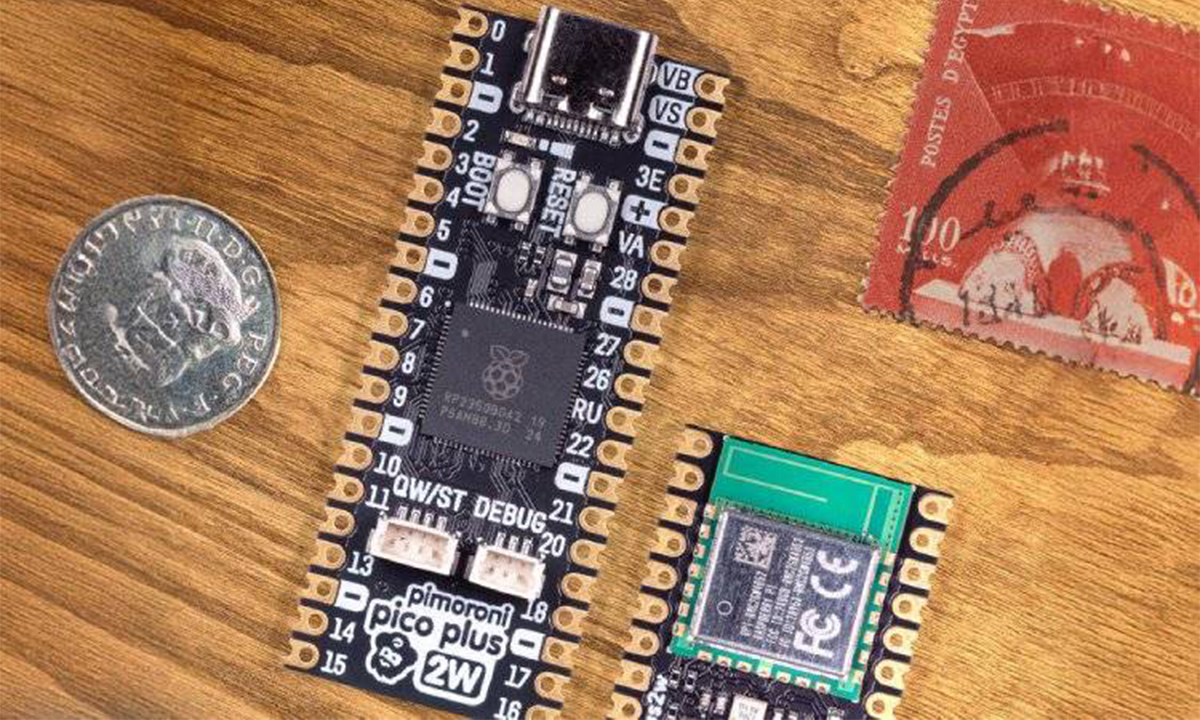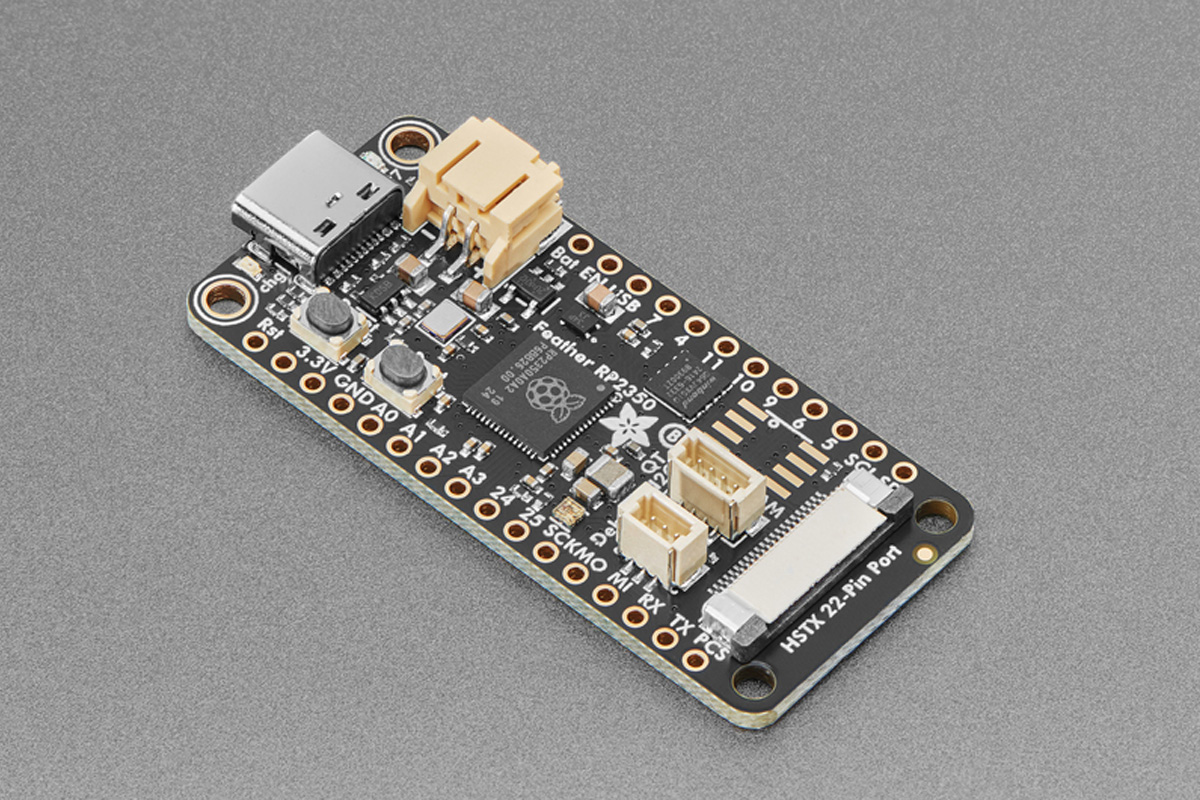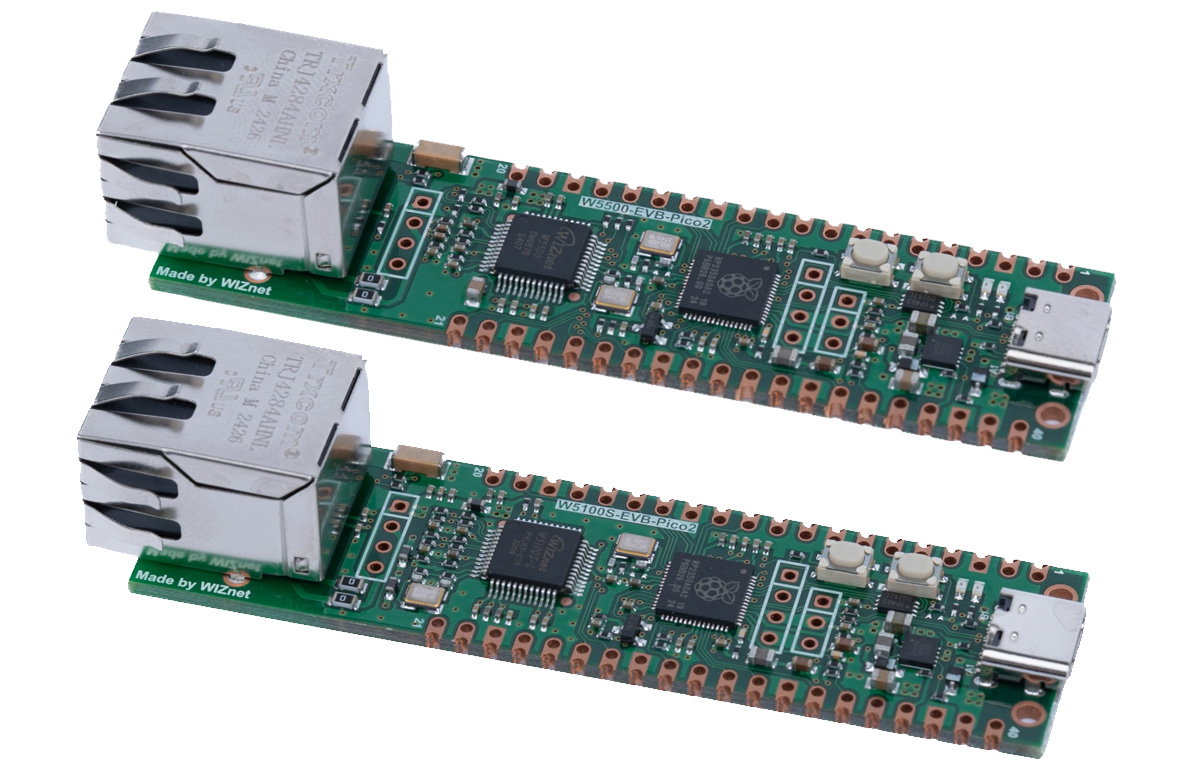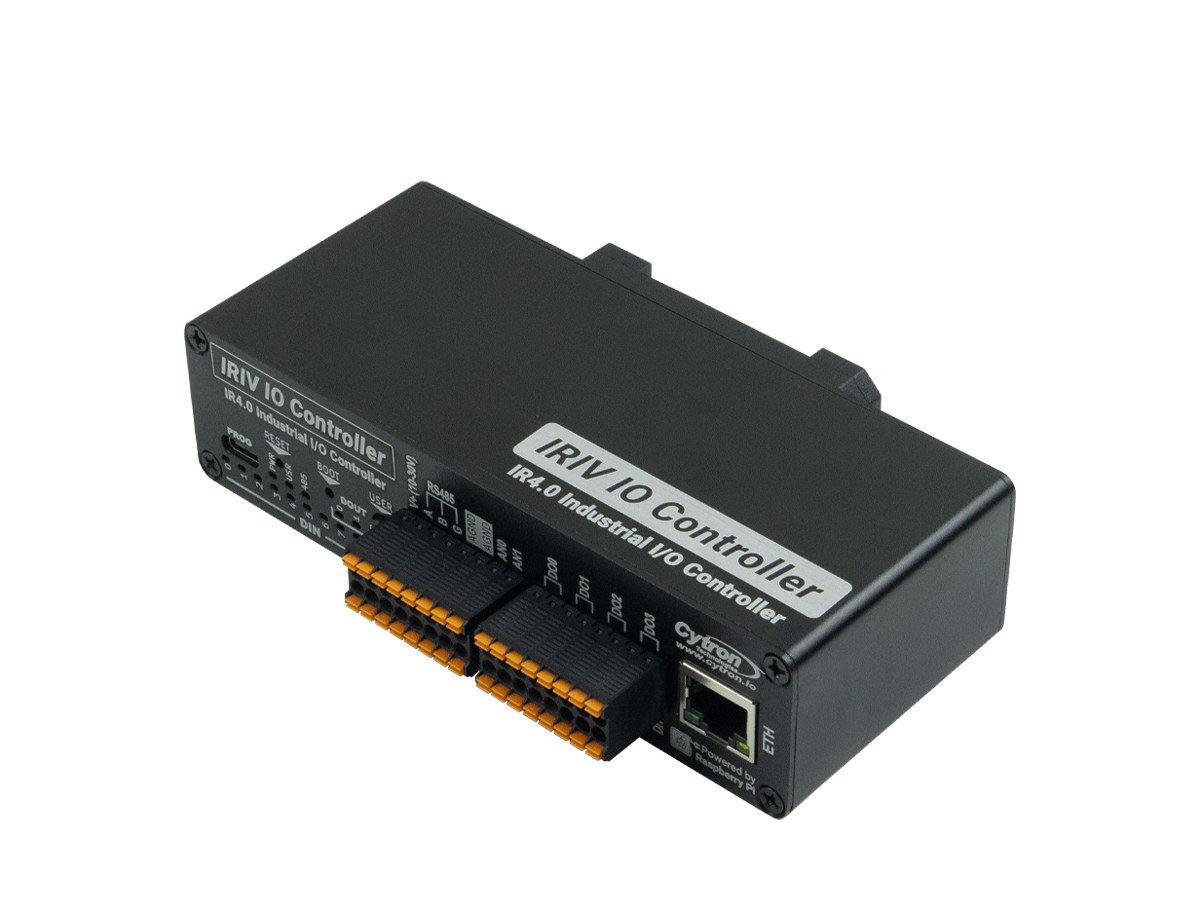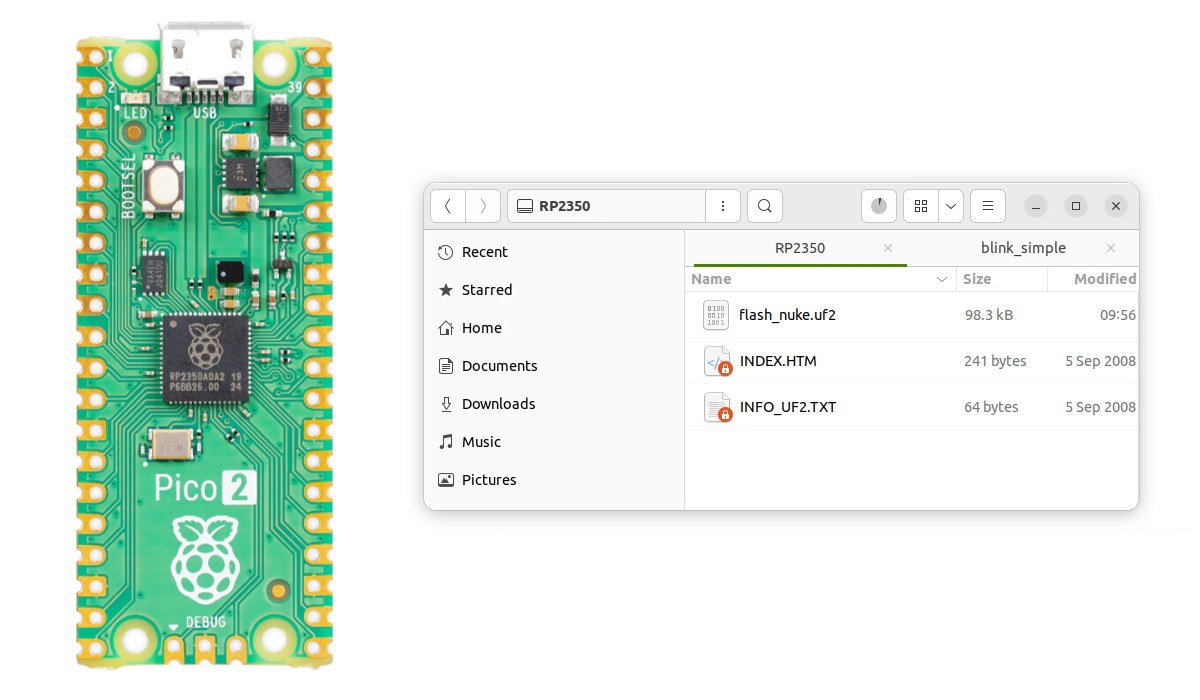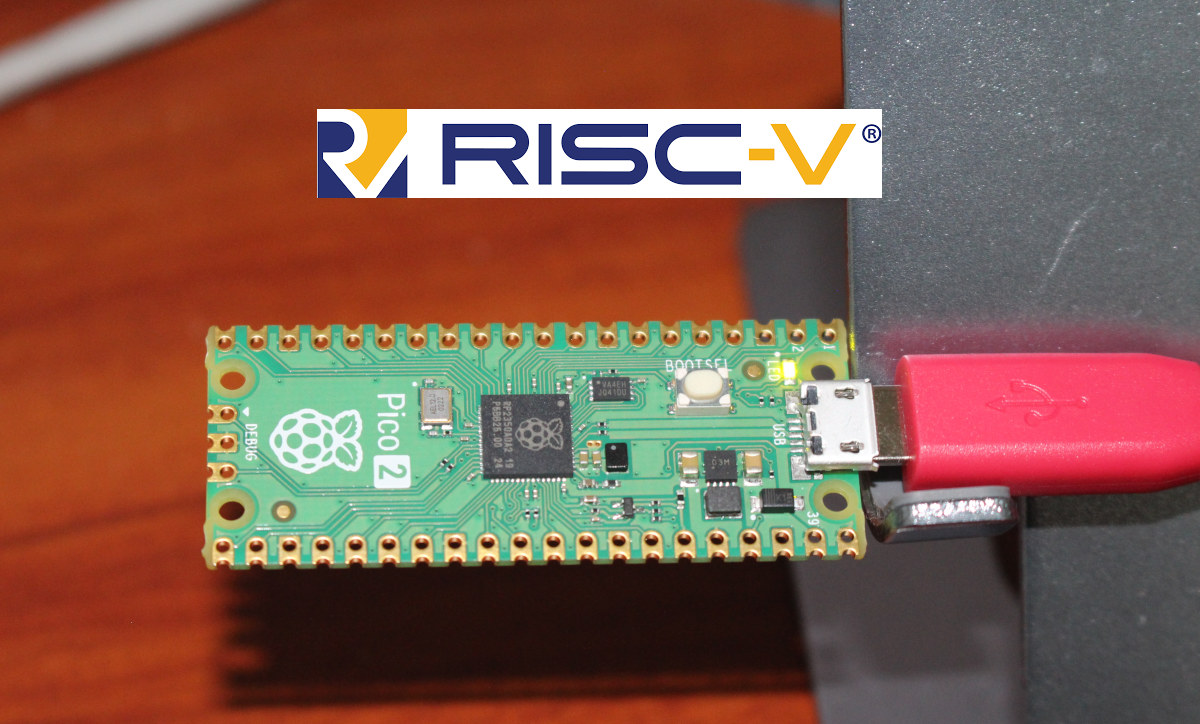Raspberry Pi released the Raspberry Pi Pico 2 a few months ago, featuring the new RP2350 chip. Despite several upgrades, it lacks wireless connectivity like Pico W. While there’s no official Raspberry Pi Pico 2 W yet, Pimoroni has developed an unofficial alternative, the Pimoroni Pico Plus 2 W, which integrates Wi-Fi and Bluetooth using a yet-to-be-formally-announced Raspberry Pi RM2 module and potentially set to appear in a future Pico 2W. The Pimoroni Pico Plus 2W board is powered by the Raspberry Pi RP2350B dual-core Arm Cortex-M33 microcontroller, features 16MB of QSPI flash with XiP support, 8MB of PSRAM, wireless connectivity, a USB Type-C port for power and data, and a Qwiic/STEMMA QT connector for breakout board integration. A few days ago, we covered the Pimoroni Explorer board, an electronic prototyping board built around the Raspberry Pi RP2350B chip. It features a 2.8-inch LCD screen, a speaker connector, and multiple […]
Jumperless V5 programmable breadboard is based on Raspberry Pi RP2350B, features a built-in power supply (Crowdfunding)
Jumperless V5 is a one-of-a-kind, programmable breadboard based on a Raspberry Pi RP2350B microcontroller that lets you skip the jumper wires and jump right into prototyping. It is described as “an Integrated Development Environment (IDE) for hardware.” The Jumperless V5 also removes the need for test equipment as it comes with built-in power supplies and can function as a multimeter, oscilloscope, function generator, and logic analyzer. As the name implies, the Jumperless V5 breadboard is a revamped version of the original Jumperless, with significant upgrades to make the board easier to use. The Jumperless V5 features a 14 x 30 LED matrix display under the breadboard, a probe for making connections and measurements, four ±8 V, 300 mA power supplies, daisy-chain headers, and overcurrent/overvoltage protection. The software-defined jumpers allow all points to be connected. The four individually programmable ±8 V power supplies, GPIOs, and management channels for voltage, current, and […]
Adafruit Feather RP2350 board with HSTX port enables video output and display interfaces
“Adafruit Feather RP2350 with HSTX port” is a Raspberry Pi RP2350 MCU development board that features an onboard 22-pin high-speed serial transmit interface (HSTX) port. The board also features a built-in 200mA+ LiPo charger, an RGB LED, a STEMMA QT connector, and a USB Type-C port for power and programming. The board is compatible with FeatherWings and supports development with various programming languages. These features make this board suitable for a wide range of applications, from embedded projects and IoT devices to educational purposes and prototyping. Previously we have covered a variety of RP2350-powered development boards, including the MOTION 2350 Pro, designed for robotics and motor control; the Solder Party’s RP2350 Stamp, ideal for space-constrained applications; and the WIZnet Raspberry Pi RP2350 boards designed for IoT and internet-connected applications. Feel free to check those out if you want to take a look at some of the unique development boards. Adafruit […]
Raspberry Pi RP2350 dev board features Ethernet RJ45 port with WIZNet W5500 or W5100S Ethernet controller
WIZnet has recently launched two new Raspberry Pi RP2350-based Ethernet boards – W5100S-EVB-Pico2 and W5500-EVB-Pico2 – based on different Ethernet controllers. The entry-level W5100S-EVB-Pico2 is built around the W5100S controller that features 4 independent sockets and 16 Kbytes of buffer memory. On the other hand, the W5500-EVB-Pico2 is built around the W5500, which features 8 sockets, 32 Kbytes of buffer memory, and improved security features such as OTP memory, Secure Boot, and Arm TrustZone technology. These make the W5500-EVB-Pico2 ideal for projects with robust network handling and advanced security measures. After the recent announcement of the $5 Raspberry Pi Pico 2 we have seen many development boards built around the RP2350 MCU, including the Challenger+ RP2350 WiFi6/BLE5, the Solder Party’s RP2350 Stamp, the Seeed Studio XIAO RP2350, the Cytron MOTION 2350 Pro, and more. Feel free to check those out If you are interested in RP2350-based dev boards. W5100S-EVB-Pico2 and […]
Cytron IRIV IO Controller – A Raspberry Pi RP2350-based industrial I/O controller
Cytron IRIV IO Controller is an “Industrial Revolution 4.0” (or Industry 4.0) controller based on the Raspberry Pi RP2350 microcontroller that comes with an Ethernet port implemented through the W5500 chipset, and several isolated interfaces such as DI and DO up to 50V, two analog inputs, and RS232 and RS485 serial interfaces accessible through terminal blocks. Last year, the company introduced the Cytron IRIV PiControl industrial controller based on the Raspberry Pi CM4 module, and the IRIV IO Controller is a much cheaper solution using a subset of the features and a design that looks similar. IRIV IO Controller specifications: Microcontroller – Raspberry Pi RP2350A CPU Dual-core Arm Cortex-M33 @150MHz with Arm Trustzone for secure boot Dual-core 32-bit Hazard3 RISC-V @ 150MHz Up to two cores can be used at the same time Memory – 520 KB on-chip SRAM in 10 banks Storage – 2MB flash memory Networking – 10/100M […]
Arduino CLI 1.0 released – Let’s try it with the Raspberry Pi Pico 2
Arduino has just announced the release of the Arduino CLI version 1.0.0, the first stable release for which users and developers can be confident the software API won’t change over time, or at least with minimal changes that will not impact the workflow of applications based on it. We first looked at the Arduino CLI when it was still at the alpha stage way back in 2018. Arduino CLI version 1.0.0 was actually quietly released about two months ago, but Arduino only announced it now and the utility is now at version 1.0.4 with several bug fixes. Arduino CLI 1.0 release The goal of the API is to easily program the boards from the command line without having to use the Arduino IDE, and the CLI can be integrated into your own script to automatize various processes. Arduino explains there are three ways to integrate and utilize the capabilities of […]
How to recover a “bricked” Raspberry Pi Pico 2 or other RP2350 board
In theory, it’s close to impossible to brick your Raspberry Pi Pico 2 or other RP2350 boards because the bootrom code (source code) is stored in the 32KB ROM of the microcontroller and is by definition “read-only memory”. But I managed to “brick” my Raspberry Pi Pico 2 the other day, and even a blinky sample would not run on the board. So I’ll explain a simple method to recover/perform a factory reset of sorts. First, let me explain what happened. My board became unusable after I ran the following command while building RISC-V Linux for RP2035 and my Pico 2 was connected to the build machine:
|
1 |
make flash-kernel |
At some point, it will copy a UF2 firmware binary designed for boards with PSRAM which the Raspberry Pi Pico 2 lacks:
|
1 |
cp build/psram-bootloader.uf2 "/media/jaufranc/RP2350"/ |
After that, I could still see the Raspberry Pi Pico 2 board as an “RP2350” drive on my computer, […]
Using RISC-V cores on the Raspberry Pi Pico 2 board and RP2350 MCU – From blinking an LED to building Linux
Raspberry Pi Pico 2 was released last month with a Raspberry Pi RP2350 microcontroller equipped with two Arm Cortex-M33 cores and two 32-bit RISC-V “Hazard3” cores with up to two cores usable at any time. So in this guide, we’ll show how to use the RISC-V cores on the RP2350 MCU, compare their performance against the Arm Cortex-M33 cores, and even build Linux for RISC-V for RP2350 boards that have PSRAM. Apart from the extra memory and more powerful cores, plus new features related to security and the HSTX interface, the Raspberry Pi Pico 2 and Pico will be very similar to the end user and the instructions in our article “Getting Started with Raspberry Pi Pico using MicroPython and C” remain valid. I don’t think there’s a MicroPython RISC-V image yet, so we’ll focus on running C programs on the RISC-V cores. A quick check with the Arm cores […]


